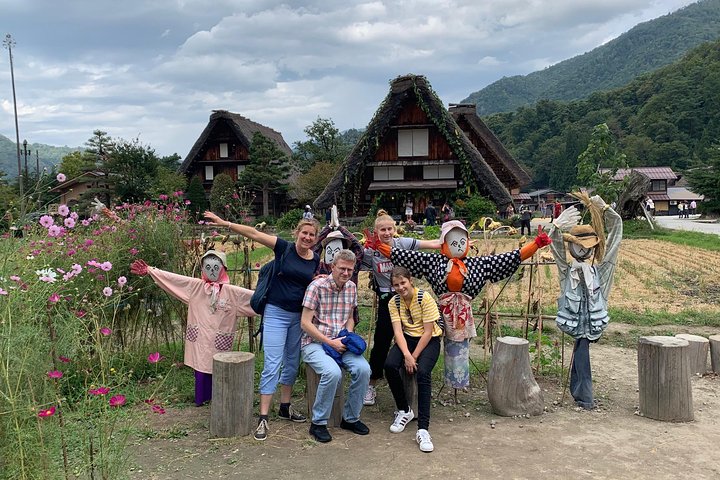Exploring Shirakawa-go: A Cultural Pilgrimage Through Time
Drawn by the allure of Shirakawa-go’s UNESCO World Heritage status, I embarked on a half-day tour to explore its rich cultural tapestry. Join me as I delve into the history and traditions of this enchanting village.
A Journey Through Time: The Historic Villages of Shirakawa-go
As I embarked on the Shirakawa-go Half Day Tour, I was filled with anticipation. The allure of Shirakawa-go, a UNESCO World Heritage site, had long captivated my imagination. Nestled in the mountainous region of Gifu Prefecture, this village is renowned for its unique gassho-zukuri farmhouses, a testament to the ingenuity and resilience of the people who have lived here for centuries.
Upon arrival, I was greeted by Yama, our knowledgeable guide, at the Shirakawago bus terminal. His warm smile and deep understanding of the local culture set the tone for the day. As we began our walk through the village, Yama shared stories of the past, painting vivid pictures of life in Shirakawa-go. The gassho-zukuri houses, with their steeply pitched thatched roofs, stood as silent witnesses to the passage of time. These architectural marvels, designed to withstand heavy snowfall, are a symbol of the harmony between human habitation and nature.
Embracing Tradition: A Walk Through Shirakawa-mura
Our journey continued to Shirakawa-mura, where the village’s traditional rice paddies stretched out before us. The sight of these fields, meticulously tended by the villagers, was a reminder of the deep connection between the people and the land. Yama explained the intricate process of rice cultivation, a practice that has been passed down through generations.
As we made our way to the Nagase house, I was struck by the sense of history that permeated the air. This traditional home, now a museum, offered a glimpse into the daily lives of the villagers. Yama’s explanations brought the exhibits to life, revealing the cultural significance of each artifact. From the tools used in farming to the beautifully crafted textiles, every item told a story of resilience and adaptation.
A Sacred Encounter: Shirakawa Hachiman Shrine
Our final stop was the Shirakawa Hachiman Shrine, a place of spiritual significance and tranquility. As we approached the shrine, the sound of rustling leaves and the gentle murmur of a nearby stream created a serene atmosphere. Yama shared the history of the shrine, its role in the community, and the rituals that have been performed here for centuries.
Standing before the shrine, I felt a profound sense of connection to the past. The ancient trees that surrounded us seemed to whisper stories of the generations that had come before. It was a moment of reflection, a reminder of the enduring legacy of tradition and the importance of preserving these cultural treasures.
As the tour concluded, I found myself filled with gratitude for the opportunity to experience Shirakawa-go in such a meaningful way. The insights provided by Yama enriched my understanding of this remarkable village, leaving me with a deeper appreciation for the cultural heritage of Japan. This journey was not just a tour, but a pilgrimage into the heart of a living history.






































